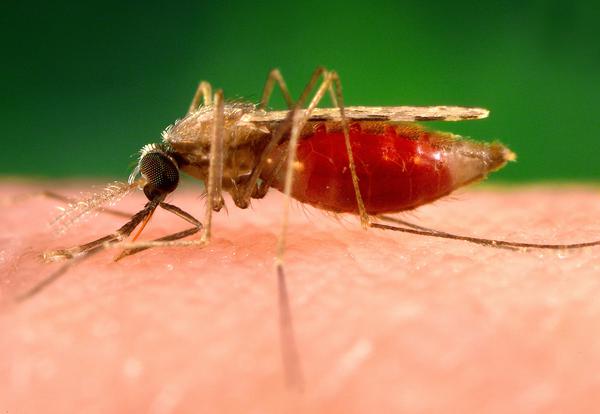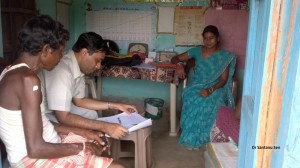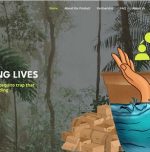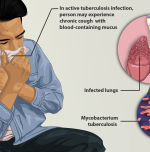Malaria detection in 12 seconds for just ₹10

Malaria is one of the most deadly and frightening diseases in the world, having swept around the globe in fatal epidemics for centuries. It still ravages the world today, infecting and killing millions worldwide.
In 2015, a report by the WHO-UNICEF revealed that India is the country with the third-highest number of malaria deaths in the world.
In that year alone, there were about 214 million new cases of malaria, and about 4.38 lakh died from it. About 3.2 billion people around the globe are at risk of catching malaria, which is about half of the population of the entire world.
However, a surprisingly cheap and efficient way to test for malaria has recently been released.
A team of researchers from the Institute of Engineering and Management has collaborated with the Indian Institute of Engineering Science and Technology in Shibpur to create this testing system.
They claim to have developed a mobile and cheap malaria detection system, which can also diagnose other diseases, such as dengue, with some modifications. Each test will only cost the patient ₹10, and the results of the test will be given within seconds.
The testing facility will then provide the patient with a hard copy of the report.
The test is done on a drop of blood drawn from the tip of the patient’s finger. After the test has been taken, the results are saved in a database in a remote central server. The database has several other features as well.
It can generate a real-time disease heat map, thanks to the app linking GPS data with test case data.
The database can also provide an early warning before an epidemic breaks out.
The developer is currently planning to train local social workers in remote villages to use this kit themselves.
This system is a sudden and welcome leap in the field of medicine, and it may save millions of lives from diseases in the future.
Image Reference: Pixnio, Flickr











Leave a Reply